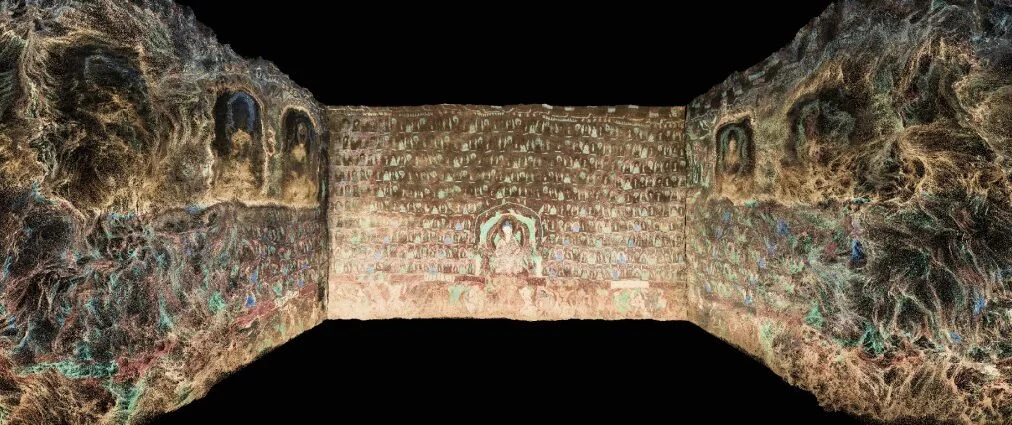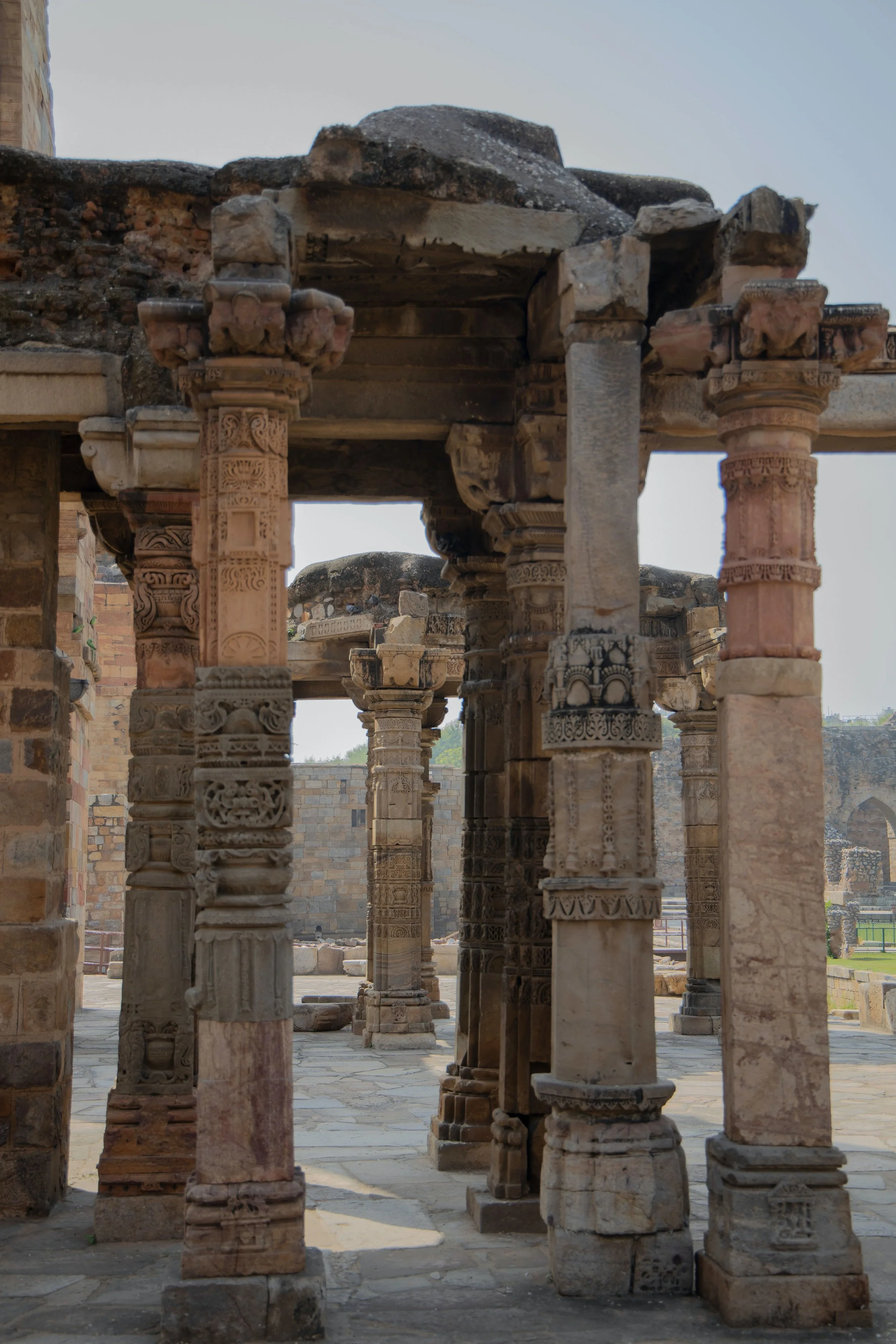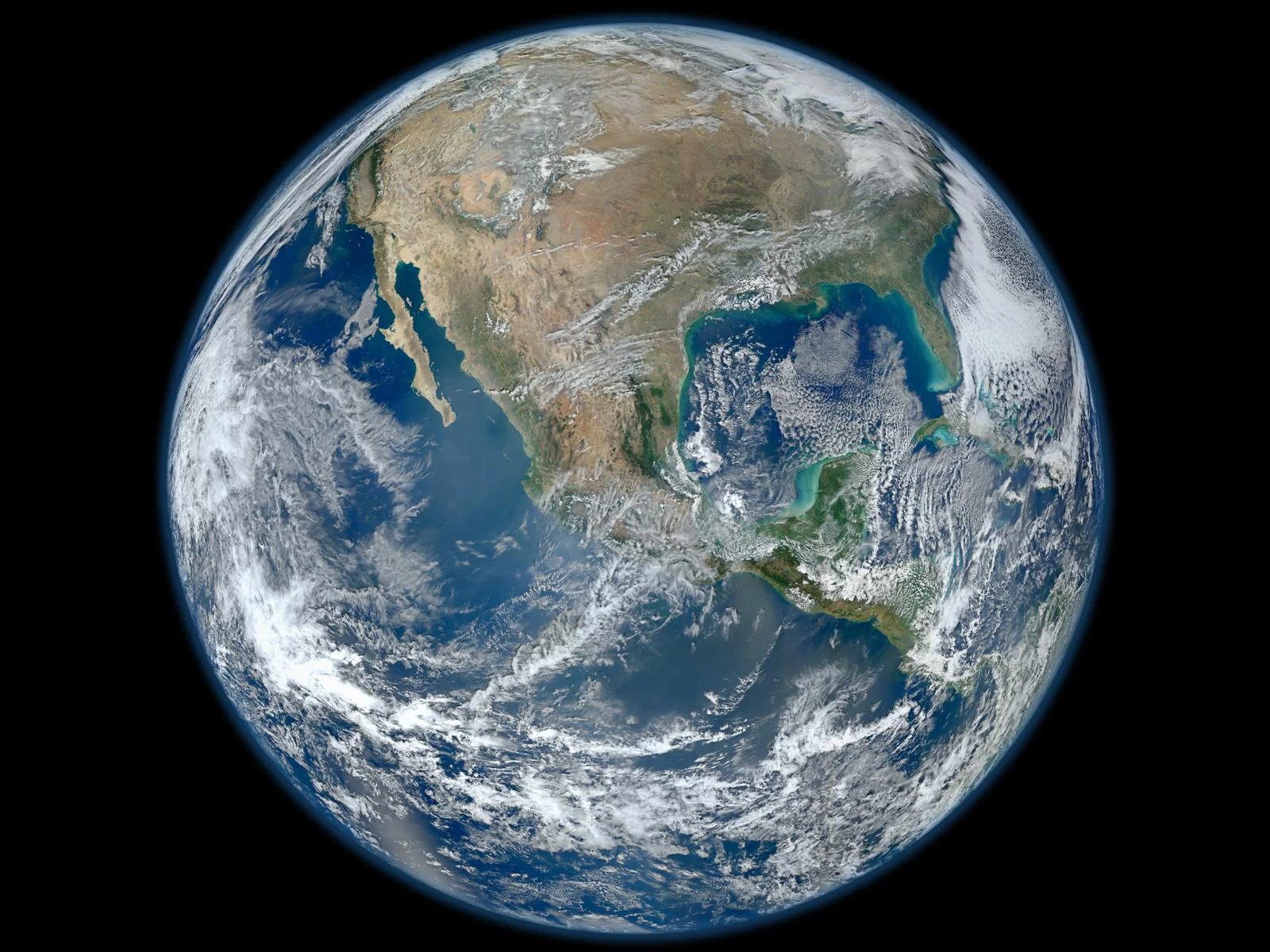A daylight robbery at the Musée du Louvre in mid-October resulted in the theft of eight priceless pieces from the French Crown Jewels housed in the Galerie d’Apollon. The incident now serves as an in-depth analysis for arts leaders globally to confront not only external threats, like highly organized professional thieves, but also the complex, internal risk of compromised staff and the urgent need to re-evaluate their security posture, technological investment, and institutional accountability.
From Murals to Metadata: Digitizing Cultural Heritage in the Tech Age
Cultural heritage is a testament to millennia of civilization, but it is threatened by natural erosion, tourism, and time. Most traditional methods of conservation, though foundational, have difficulty responding to the scale and complexity of these emerging challenges. Digital technologies, such as artificial intelligence (AI), 3D scanning, virtual reality (VR), and blockchain, can offer new solutions. This article examines how digitization preserves and revitalizes cultural property using the Mogao Caves as a case study.
AI in Traditional Music Preservation: Lessons from the Konghou (Chinese Harp)
This article investigates how artificial intelligence aids in the preservation of traditional music, using the Chinese Harp (Konghou) as a key example. It explores the technology's opportunities and challenges through an examination of existing models like Folk RNN for Irish music and MusicMamba for Chinese traditional music
TBT: Art and AI
In late August, Jason Allen's AI-generated artwork "Théâtre D'opéra Spatial" took first place in the digital category at the Colorado State Fair. One critic called it "the death of artistry." But others, like Shelly Palmer, say if he crossed a line, "we’ve been walking up to the edge for decades." Allen himself believes AI-generated art will eventually become its own category.
Today, we're looking back at some of the ways AI has been incorporated into the visual arts realm.
How Technology Facilitates Culture Heritage Restoration and Preservation
This article presented projects and examples that have exemplified great progress in cultural heritage preservation. As these technologies continue to develop and experts in the field become more knowledgable and adept at using these technologies, there is a positive prospect that continually enhancing technologies will deliver further achievement in cultural heritage preservation and digitalization by human inventions and under human supervision.
The Key Role of VR in Preserving Cultural Heritage
Virtual reality (VR) has quickly become a mainstay for exhibiting arts and cultural organizations. When looking at it as a concept, “VR has the potential to simulate imaginative and existing physical environments along with their processes. The simulations can be tuned to a highest level of multisensorial realism in order to affect users' visual, auditory, tactile, vestibular, and even olfactory and gustatory senses.” But what does it mean to museums and cultural organizations, and how can it help the arts?
Intangible Cultural Heritage: Context and Digital Approaches for Safeguarding Efforts
Digitization efforts for cultural heritage are standard practice for institutions of all sizes, ranging from simple metadata records to elaborate 3D renderings of ancient sites. While the discussion of digitally preserving cultural heritage at large is prominent, the intersection of intangible cultural heritage and digitization practices requires specific recognition. This includes understanding intangible cultural heritage and its value for society. This article examines the emerging and evolving landscape of intangible cultural heritage, its global impact, and current efforts for safeguarding these intangible items in order to address how this field is being organized and used.
VR and Cultural Heritage Recreation
As museums and heritage attractions are restricted by distancing and capacity rule during the COVID-19 pandemic, digital strategies undoubtedly gather more interest than ever before. Virtual Reality (VR) has been put to use in the cultural sector a way to deliver exciting and immersive exhibitions. The communication between archaeologists and technicians is critical for the accuracy of the VR reconstruction and museums should work closely with their technology team and emphasize their obligation to public education in these creations. This insures that museums can keep the integrity of cultural heritage exhibits while providing an exciting and immersive educational experience of the past with technology that looks toward the future.
A Digital Future for Cultural Heritage
Digital technology is becoming a standard tool for the collection, preservation, and dissemination efforts of arts and cultural heritage worldwide. From 3D configuration of ancient artifacts to applying artificial intelligence to shed new light on how we perceive the lineage of humanities, cultural heritage is headed toward a digital future. This article will examine the ways in which digitization and artificial intelligence – two of the most widely used or relevant forms of technology in cultural heritage – are applied through global cases of innovative initiatives happening in the field in recent years.
New Tech Impacts Ancient Sites
Last April, contributor Jana Fredricks attended the 2018 Museums and the Web conference in Vancouver. Amidst the chatter of digital collections, online audience engagement, and shiny new tech, she presented research on three technologies that have changed the way cultural heritage sites are understood and documented in the digital age. Her paper, Digital Tools and How We Use Them: The Deconstruction and Reconstruction of Cultural Heritage in Syria, was presented in a panel entitled Post-Colonial Digital.
Taking a Pause: Transitioning to the 2018-19 Staff
Big Brother's Sweeter Side
There is an emerging opportunity for collaboration in the cultural heritage sector, as archeologists around the globe call for new methodologies to process mass-information about cultural heritage sites. This article unpacks how satellite imagery and geographical information systems are shifting the structure of the cultural heritage sector.
Interactive - Map of the Deconstruction and Reconstruction of Palmyra
This interactive map will take you on the journey of Palmyra's 2,000 year old Arch of Triumph, beginning in 2005, with Bassel al Safadi Khartabil's effort to virtually document the city, and ending in present day. Explore this excerpt of the arch's history, and begin to understand the ways in which digital technologies have impacted it's destruction and it's digital reconstruction.


















